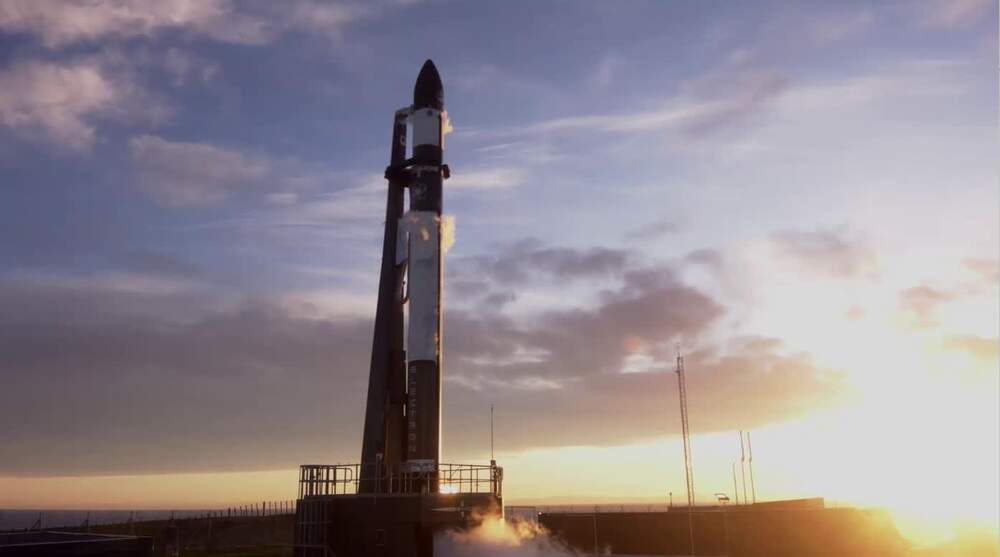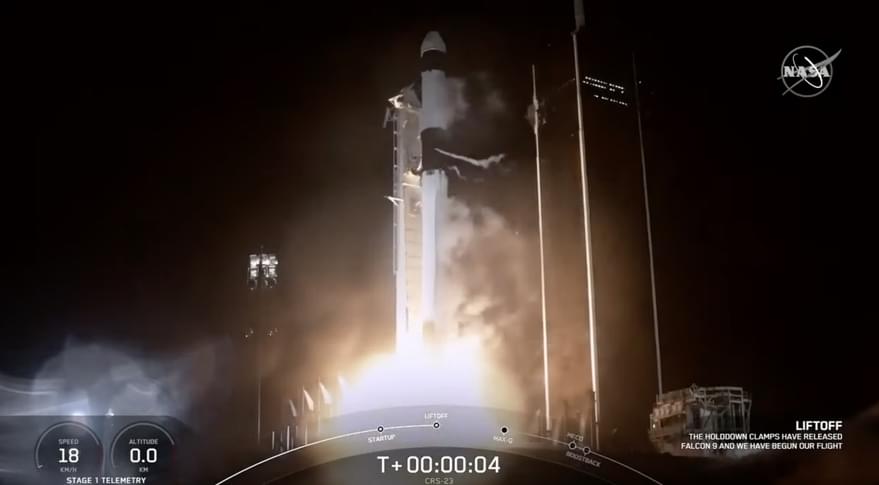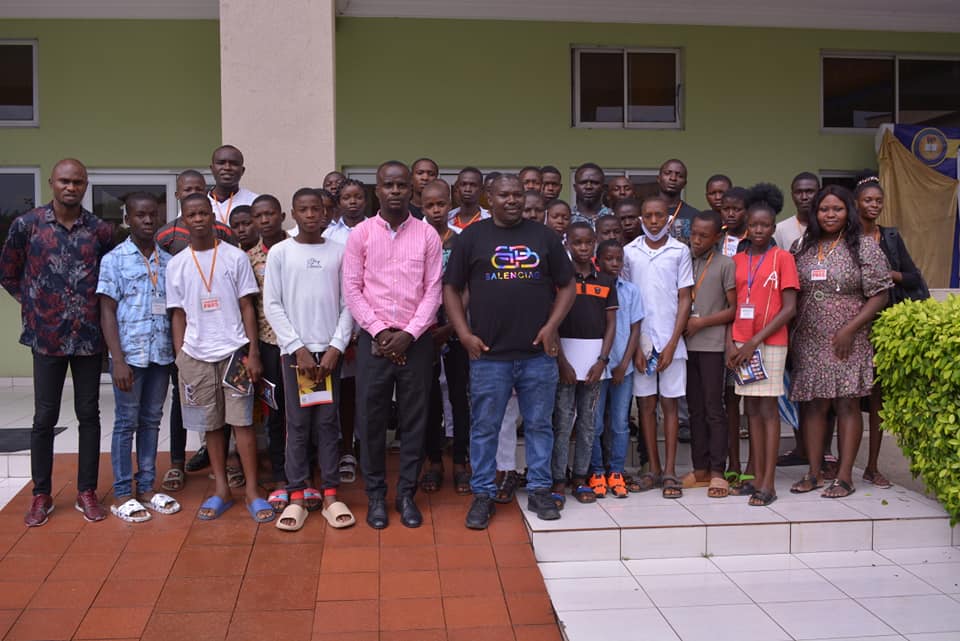Rocket Lab signed a five-launch contract with European satellite data company Kinéis. The deal adds to the space company’s backlog.



Have you missed the SR Academy Webinar with Seth Shostak of the SETI Institute?
Here you can watch the complete video, including the discussion after the lecture:
A beautiful excursus on the mission, activities and goals of Search for Extra Terrestrial Intellogence, directly from the source!
Seth Shostak is currently the senior astronomer for the SETI Institute. Shostak hosts SETI’s weekly radio show/podcast Big Picture Science, has played himself numerous times in TV and internet film dramas, and has acted in several science fiction films.
Don’t forget to subscribe the Space Renaissance Youtube Channel!


Cuba on Monday became the first country in the world to vaccinate children from the age of two against Covid-19, using home-grown jabs not recognised by the World Health Organization. The communist island of 11.2 million people aims to inoculate all its children before reopening schools that have been closed for the most part since March 2020. The new school year started on Monday, but from home via television programmes, as most Cuban homes do not have internet access.
Cuba is vaccinating children from the age of two using home-grown jabs not recognised by the World Health Organization.

Elon Musk, CEO of Tesla and SpaceX just confirmed that Starlink will transfer data close to speed of light. According to Gizmochina, the speed will be close to 97% speed of light.
Starlink is a constellation of thousands satellites aiming to deliver high-speed internet to consumers anywhere on the planet. While the Starlink service is still in beta, the company has over 100,000 users in 14 countries so far, with over half a million orders or refundable deposits placed by potential customers.
As of today there are 1,700 satellites in orbit. SpaceX intends to provide satellite internet connectivity to underserved areas of the planet, as well as provide competitively priced service in more urbanized areas. The company has stated that the positive cash flow from selling satellite internet services would be necessary to fund their Mars plans.
Video on Neom, the future city.
Earn money for charity just by browsing the internet when you sign up for Tab For A Cause here: https://tab.gladly.io/joescott.
NEOM is Saudi Arabia’s tentpole project in their Vision2030initiative to help move the Kingdom away from an oil-based economy and rely more on technology and tourism. It has some ambitious goals, like being 100% sustainable, moving all transport underground, and even glowing beaches. But the most noticeable thing about the project is the fact that the city will lie on a 100-mile line serviced by a hyperloop-style high speed train system.
But is it all it’s cracked up to be? Let’s take a look.
Here’s the link to NEOM’s official site: https://www.neom.com/en-us.
Want to support the channel? Here’s how:


WASHINGTON — SpaceX performed its first Falcon 9 launch in two months Aug. 29 sending a cargo Dragon spacecraft to the International Space Station.
The Falcon 9 lifted off from Launch Complex 39A at the Kennedy Space Center at 3:14 a.m. Eastern after a one-day delay because of weather. The Dragon spacecraft separated from the rocket’s upper stage about 12 minutes after liftoff and is scheduled to dock with the station at about 11 a.m. Eastern Aug. 30 for an approximately one-month stay.
The launch was the first for a Falcon 9 since the June 30 launch of the Transporter-2 rideshare mission, the longest pause since a three-month gap between launches from August to November 2019. One reason for the hiatus was a delay in Starlink launches to equip those satellites with laser inter-satellite links; the majority of the Falcon 9 launches this year have been Starlink missions.

Towards raising young developers across the Urhobo Nation, the Urhobo Innovation Hub has completed the training of 40 youths on Website design, Internet of Things (IOT), Robotics and Virtual Reality.
The boot camp training, which drew its participants from Urhobo youths within the age bracket of 13–38 years old, held at the Michael and Cecilia Ibru University, Agbaro-Otor, Delta State.
The Hub is a brainchild of the Urhobo Economic and Investment Summit (Ekpobaro) and was initiated to raise young entrepreneurs of Urhobo extraction who will key into the reality of the new normal and raise seasoned developers to make Urhobo Nation proud.
It seeks to raise about 200 young developers with projects to show before the end of the 1st quarter of 2024.
The Principal Partner of the Hub and Convener of the Urhobo Economic and Investment Group, Mr. Kingsley Ubiebi, enjoined all stakeholders to support young developers across Urhobo Nation as they are the problems solvers and leaders of tomorrow.
The boot camp ended with the issuance of certificate to participants who were advised to embark on relevant projects before the 2nd edition of the training.